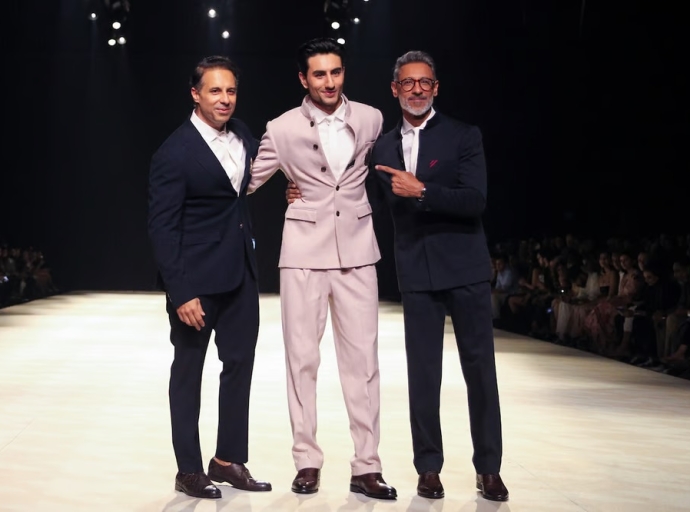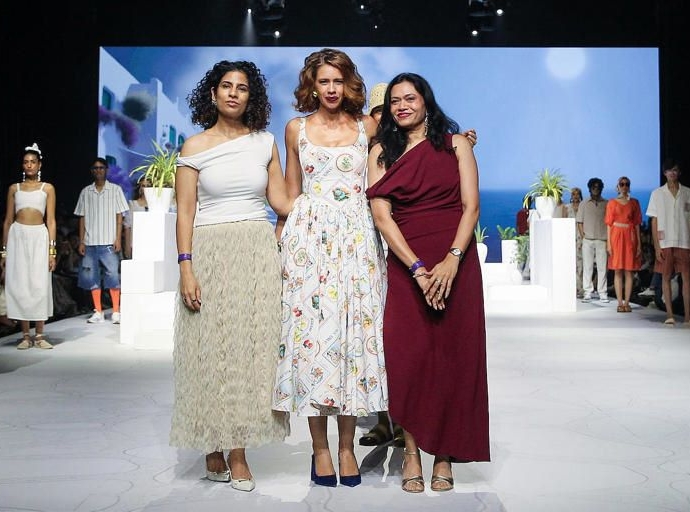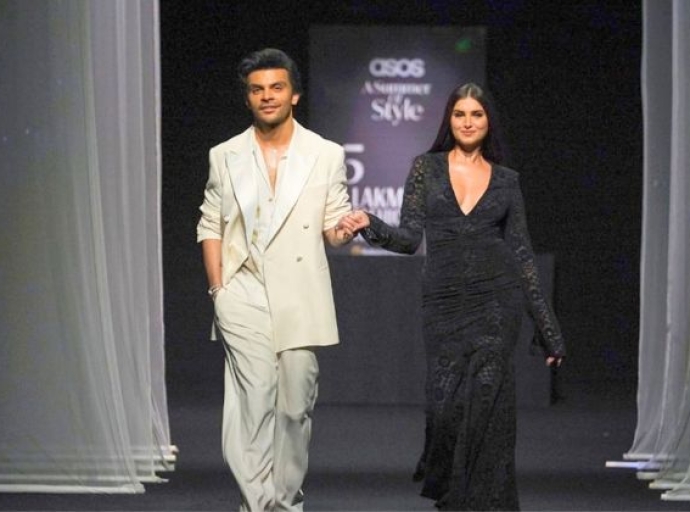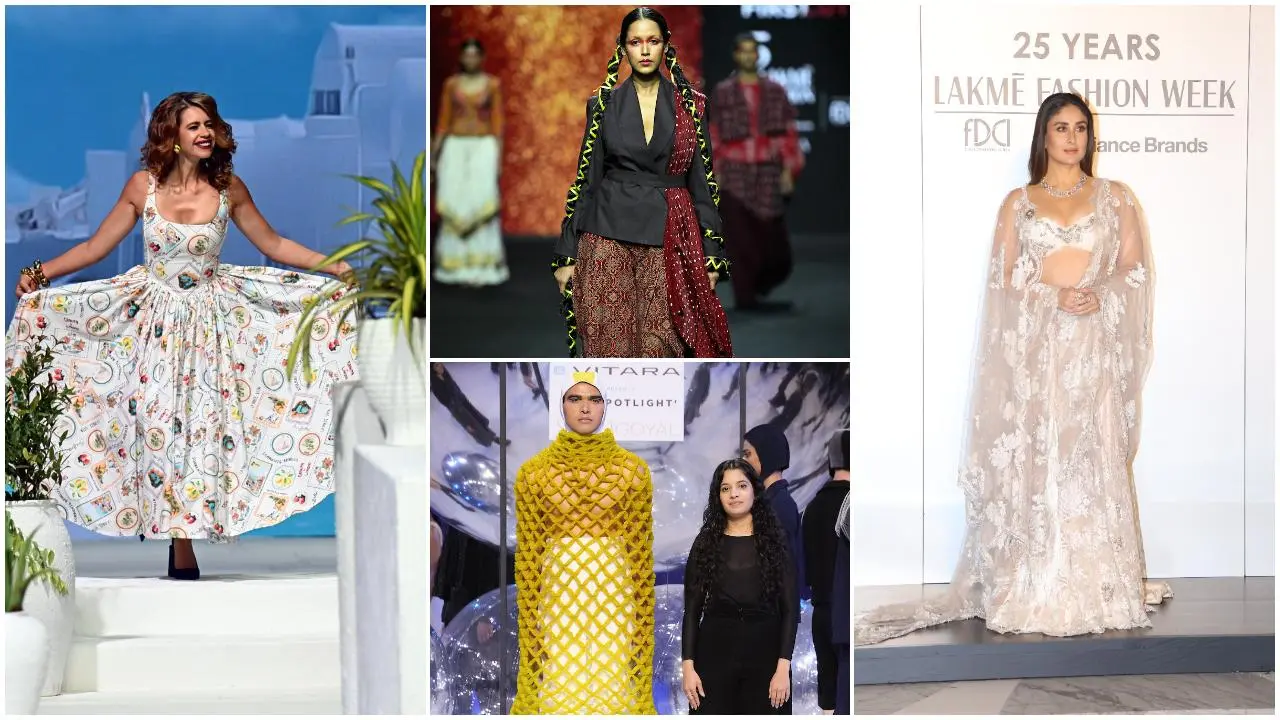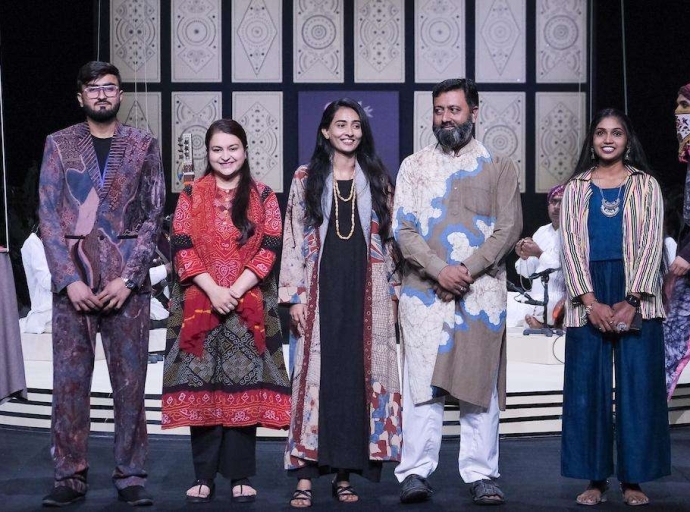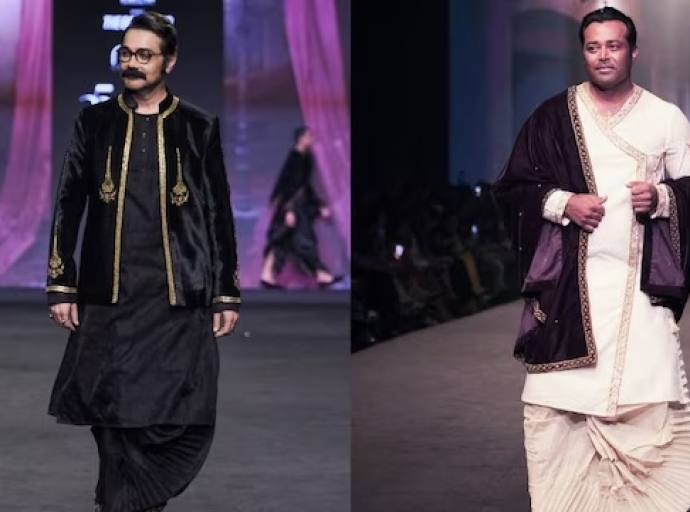The traditional fashion calendar, marked by the biannual Spring/Summer and Autumn/Winter collections, is rapidly becoming a relic of the past. Indian retailers, including Arvind Fashions, Trent, Blackberrys, and Madura Fashion & Lifestyle, are embracing a hyper-responsive model, launching new collections almost monthly. As has been highlighted in a Financial Express (FE) article “Fashion seasons get shorter: Cut, stitch & sell in a month” this shift, which got a boost from Gen Z’s insatiable appetite and the rise of social media trends, is fundamentally altering the apparel industry, mimicking and even refining the backend agility pioneered by like Zara and Uniqlo.
The driving force behind this change is the relentless demand for novelty. As Kulin Lalbhai, Vice-Chairman and Executive Director of Arvind opined in the article, the idea of having something new every time one walks into a store or browses online is becoming important, it’s drive by the consumer's desire for constant stimulation.
A recent study by Vector Consulting and NielsenIQ reveals the extent of this change. Previously, 39 per cent of apparel collections took 6-9 months to reach the market. Now, almost 11 per cent are launched within 3-5 months, with 2 per cent achieving lead times below three months. This change in timelines signifies a supply chain restructuring.
Organizing the backend
This evolution goes beyond simply speeding up production. It's about meticulously organizing the backend, from yarn to retail floor, to achieve agility. P Senthilkumar, Senior Partner Vector Consulting, emphasizes the need for a ‘quick fashion model’ that re-aligns the entire supply-chain back-end from the yarn manufacturer to fabric supplier to the fashion brand. The idea is to think and deliver now.
McKinsey & Company’s, ‘The State of Fashion 2023’ report had highlighted, consumers, especially Gen Z, are increasingly driven by "newness" and are willing to switch brands for frequent product drops. The report also highlights the growing importance of online platforms, where the speed of trend adoption is increased. Online fast fashion retailer Shein, demonstrates the extreme end of this model. They release thousands of items daily, leveraging data analytics and rapid prototyping to cater to real-time demand. This model, while raising ethical concerns, showcases the potential of ultra-fast fashion.
This process involves:
Streamlined supply chains: Retailers like Trent are focusing on their ecosystem to reduce manufacturing timelines by at least 20 per cent. "The whole ecosystem is coming together now a lot more than they did earlier," says P Venkatesalu, MD, Trent to FE, showcasing the collaborative nature of this transformation.
Data-driven decisions: The utilization of real-time data to predict trends and manage inventory is crucial. Retailers are categorizing products into "core" and "dynamic," ensuring a steady supply of essentials while adapting rapidly to fluctuating demand for trendy items.
A survey by Boston Consulting Group (BCG) found that companies with agile supply chains are able to respond to market changes 20-30 per cent faster than their competitors. In fact, when the pandemic hit, retailers with agile supply chains were able to quickly move to producing loungewear and athleisure, whose demand grew. For example, Nike's "Consumer Direct Acceleration" strategy emphasizes agility and responsiveness. By investing in digital capabilities and streamlining its supply chain, Nike can quickly adapt to changing preferences and deliver personalized experiences.
Technology-enabled efficiency: A Gartner report had said by 2024, 75 per cent of supply chain organizations will have invested in AI and machine learning capabilities. In fact, startups like Groyyo, Zyod, and Fashinza are playing an important role in this transformation. These B2B manufacturing tech startups are streamlining design-to-delivery processes, reducing turnaround times from six months to six weeks, and minimizing inventory losses. Adidas's ‘Speedfactory’ project is similar, it showcased the potential of automated manufacturing. The concept involved using robots and 3D printing to produce customized shoes on demand.
Reduced minimum order quantities: Startups are allowing smaller production runs, decreasing the minimum order quantity per style per colour from 2,000 to 200, enabling brands to test new designs and respond to niche trends.
Impacts and changes
This rapid evolution will lead to several major changes in the fashion ecosystem. Most importantly, consumers will have access to a wider variety of styles and trends, with new collections dropping almost monthly. Indeed, the move to monthly collections translates to a significant rise in product variety. Consumers are no longer confined to the limited offerings of seasonal releases. Instead, they are presented with a constantly evolving array of styles, catering to micro-trends and immediate desires.
Moreover inventory wastage will come down as by aligning production with real-time demand, retailers can minimize excess inventory and reduce the need for deep discounts. A report by the Ellen MacArthur Foundation, ‘A New Textiles Economy: Redesigning fashion's future’ highlights the massive waste generated by the fashion industry, with billions of garments ending up in landfills each year. Agile supply chains and data-driven production are crucial for mitigating this waste. And as P Senthilkumar says, less discounts and more full-price sales and minimize stockouts for bestseller products. There is also reduction in excess inventory in the case of products that are not so popular. In fact, Zara's success is largely attributed to its ability to minimize inventory waste by producing small batches, closely monitoring sales data, and quickly replenishing best-selling items.
Also, the rise of ‘micro-trends’ driven by platforms like TikTok a specific aesthetic can explode in popularity within days. Retailers with agile supply chains can capitalize on this by quickly producing and distributing relevant items. For instance, a "tenniscore" aesthetic or a particular type of wide legged trouser can be produced and in stores within weeks, rather than waiting for the next seasonal release.
What’s more, by adopting faster cycles, Indian brands will be better positioned to compete with global fast fashion giants. This allows them to capture a larger share of the domestic market and expand their international reach. Retailers who can produce trend aligned clothing rapidly can draw in the large Indian consumer market that previously may have only used international fast fashion brands. In essence, the ‘month-long runway’ highlights a paradigm shift in the fashion industry, due to consumer demand, technological innovation, and the pursuit of efficiency.


